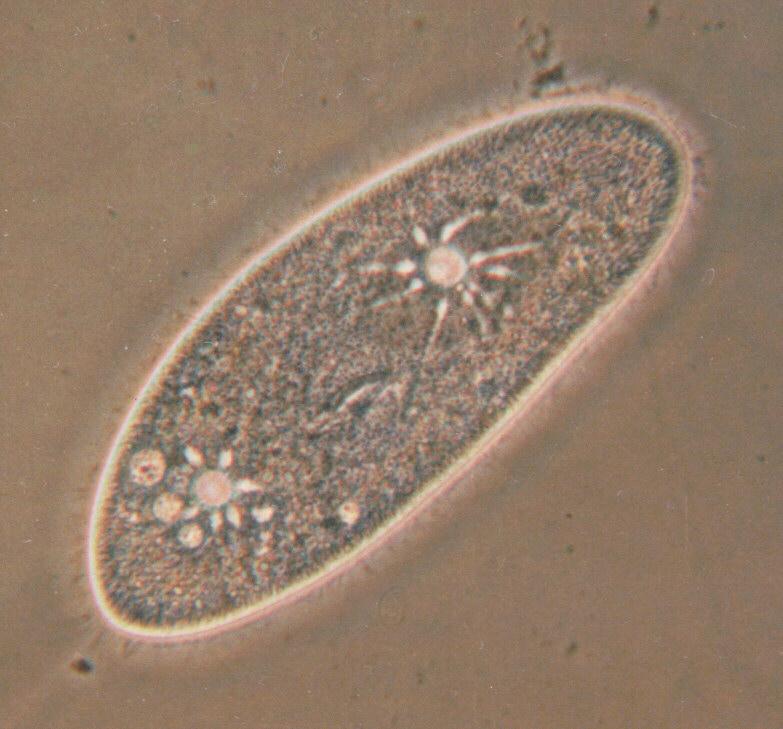|
| Query: ciliate | Result: 11th of 22 | |
More Protozoa - The Secrets Of Paramecium Caudatum - KLEIN's silver lines
| Subject: | More Protozoa - The Secrets Of Paramecium Caudatum - KLEIN's silver lines
| | Poster: | Schmode (schmode@vossnet.de)
| |

| File size : 66514 bytes File date : 2000:11:20 11:11:33 Resolution: 783x729 Jpeg process : Baseline Posted Newsgroups: alt.binaries.pictures.animals Posted Date: Tue, 02 Jun 1998 21:25:00 +0200 |
Hello again, here's another issue of my Paramecium caudatum series. As an exception, it consists of two pictures. That is not because I have not much time for posting (which is true) but because the second image needs some kind of explanation which I have to use the first shot for. If you watch this and remember my previous Paramecium postings the typical appearance of this guy will already be familiar to you (in case you missed them all and have no idea what I am talking about please tell me; I'll repost the previous ones). There is a gorgeous sight of the two star-shaped contractile vacuoles; the nucleus, being located under the right vacuole, is also visible. The cut halfway between the contractile vacuoles is Paramecium's mouth. That is exactly what you see in the second shot. It is a close-up of Paramecium's mouth region; if you watch it on your screen the magnification is about 4.000 times. That is why the shot doesn't look particularly crisp; in light microscopy any magnification exceeding 1.200 times goes along with a loss of resolution; it is the light itself, more precisely its wavelength, which is responsible for that limitation. The brownish colour of parts of the shot has a special meaning. I already told you that I usually prefer watching Protozoa alive, without the influence of artificial colourings affecting the organism. The colouring used in this picture, however, reflects one of the most sensational discoveries in Protozoology. If you impregnate ciliates with silver salts under certain circumstances you will be able to see a sort of grid system. This has been renowned as KLEIN's silver line system according to its discoverer. Most surprisingly, that grid system not only corresponds with the vital organs of the ciliate's body but also changes with the situation the organism has been in before the silver treatment. It has therefore been interpreted as a primitive nerval system of the ciliates probably supplying electrical connexions between their organs. The shot shown here displays the results of a silver nitrate impregnation as described above applied to Paramecium caudatum. You can see that the silver lines are located in rows all over the body; in Paramecium's case almost all of them represent cilia. It becomes clear that the mouth region is surrounded by concentric rows of cilia; these produce a vortex which flushes the bacteria right into Paramecium's mouth. Thanks for your patience; this was plenty of text and Kilobytes. More pics to come, but I suppose with a bit less text attached to them. So long, Ralf Content-Type: image/jpeg; name="Paramecium4.jpg" Content-Type: image/jpeg; name="Silverlines.jpg" |
^o^
Animal Pictures Archive for smart phones
^o^
|
|

